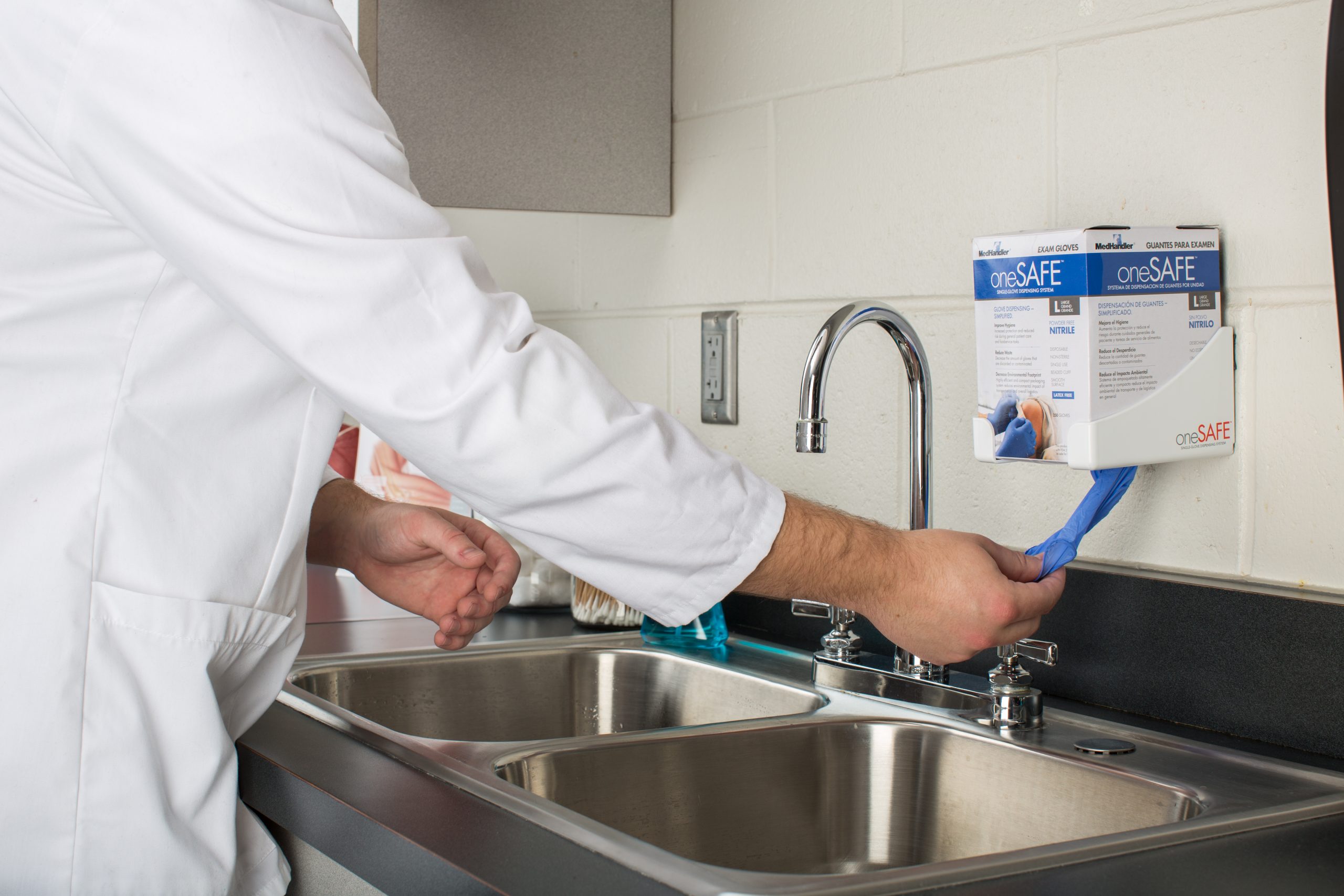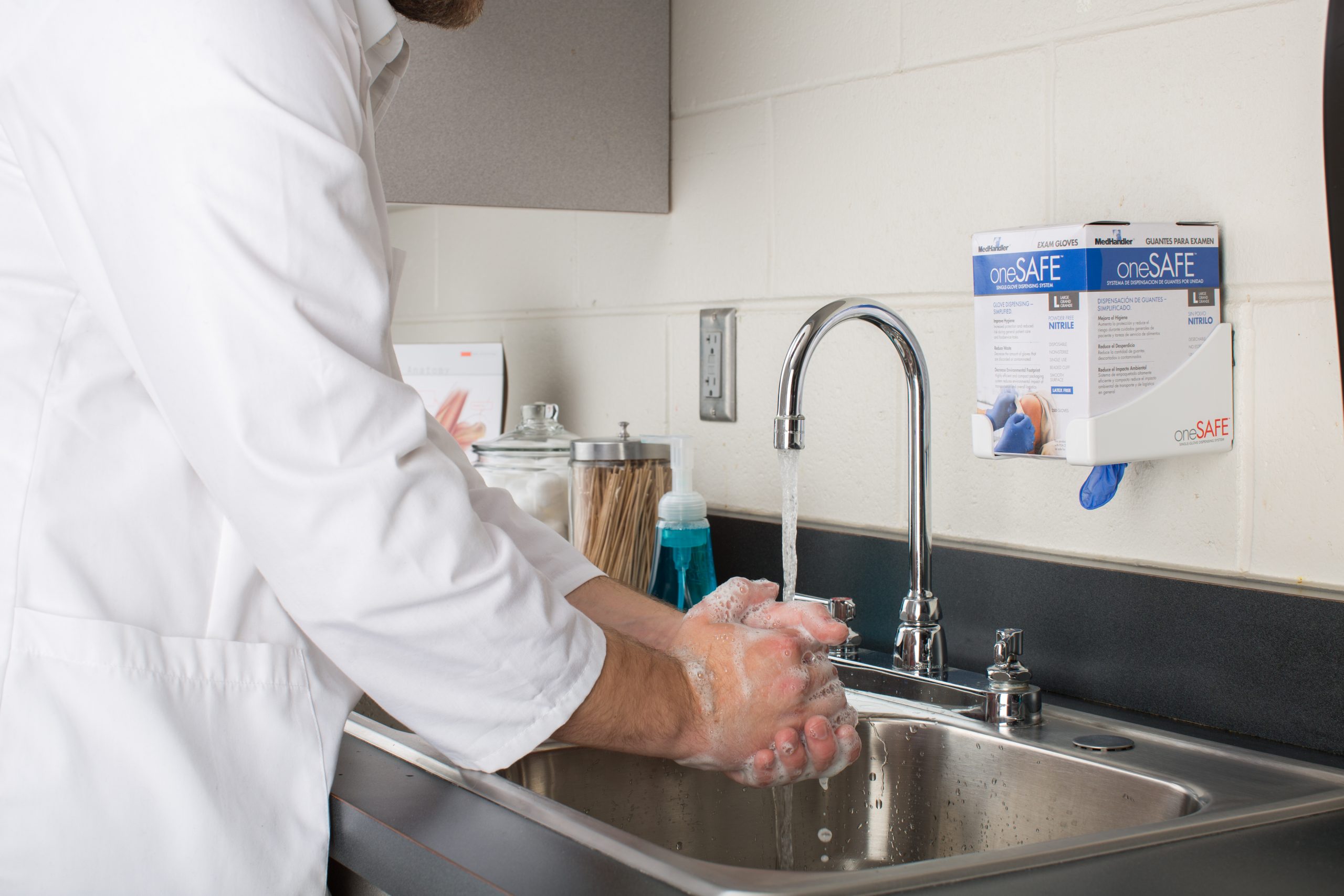Addressing Major Food Recalls in Your Business
It seems like every year we have a large-scale food recall that reminds consumers and foodservice operators about the importance of food safety. Not that we need reminded, but it certainly puts the topic in the headlines again. Last year, it was the onion recall. This year, it may very well be the Jiff peanut butter recall, of which we are in the midst of. At the time of the publishing, we are starting to learn more about a potential hepatitis A outbreak linked to strawberries. If you have not been impacted by either of these recalls in your personal or business life, I would be surprised.
Recalls such as these certainly serve as a reminder of the need for a solid food traceability program and a good understanding of how recalls occur in the U.S. Both of which we have discussed in the last year within these blogs, so please be sure to check out that information.
Of interesting note is the onion recall that occurred in the late-winter and spring of 2021 was due to an outbreak of Salmonella and the Jiff peanut butter recall has also been linked back to Salmonella, too. Salmonella is a key “player” in foodborne illnesses, accounting for almost a third of all food-related deaths in the U.S. To read a bit more about Salmonella, please check out our blog from May of 2021.
…be sure to communicate to any employees and customers what steps you have taken to remove the recalled product from your operation. Guests will certainly be wondering about any implications for your facility and who better to address those questions than your front-line employees.
What do you do about food that has been recalled and how can you handle it in your operation? The first key is to stay up-to-date on these recalls. If you have ordered the food through a major distributor, chances are the distributor will reach out and alert you about the recall if you have received product that is included in the recall. But if you purchase food from a local supermarket, you will likely not receive notification unless the store tracks your purchases via a shopper’s club card, which is becoming more and more common in the US.
Once you determine the product you have in house is part of the recall, remove it from inventory as quickly as possible, including any of the product that might have made its way into production. Move it away from other inventory, cooking equipment, etc. and be sure to communicate with your employees that it should not be used. Any utensils, storage containers, mixing bowls, or other equipment which may have come into contact with the product should be thoroughly cleaned and sanitized.
Once you have quarantined the product, refer to the recall noticed to determine how to best dispose of the product and be sure to do so in a safe manner. Then, be sure to communicate to any employees and customers what steps you have taken to remove the recalled product from your operation. Guests will certainly be wondering about any implications for your facility and who better to address those questions than your front-line employees.
If you haven’t already checked out our second SafeBites Webinar of 2022, Facts and Myths of Food Safety Messaging, be sure to check it out. Our presenter, Dr. Ellen Shumaker from North Carolina State University did a great job addressing discussing food safety messaging and the role of food safety culture in shaping employee and organizational behaviors.
As always, be sure to reach out if you have any questions about food safety, we are happy to help whenever we can. Risk Nothing
READ MORE POSTS
Greens & Spinach – Please Lettuce Be Safe to Eat
According to the new food nutrition pyramid, we are to eat at a minimum, around 3 cups of dark green vegetables along with other servings of fruits and vegetables each week. That is becoming more difficult as outbreaks such as E. coli 0157:H7 creates bad news for the produce industry, not to mention the victims.
Refrigeration Tips to Keep Your Food Safe
A refrigerator is one of the most important pieces of kitchen equipment for keeping foods safe. In a food service environment, our existence depends on the cooling equipment. The science of refrigeration has evolved from prehistoric times when man found his wild game would last longer packed in the coolness of a cave or packed in snow. Our ancestors harvested ice to keep food cold. Now, if the power goes off, we are instantly reminded of the refrigerator’s importance to our daily life, at home and certainly in a food service facility.
Food Service Hand Hygiene: Basic Handwashing – Part II
Ignoring handwashing as a priority is easy until faced with a crippling lawsuit. Your risk of transmitting a foodborne disease via a food workers hands will never be zero, but the good news is training your crew about handwashing is not complicated. Molding behavior to do it at the right time, using the correct method is the tough part. The Centers for Disease Control & Prevention says the single most effective way to stop the spread of infection is through handwashing. Last month’s article was on the physical equipment to help get better handwashing compliance. The most important part is the practice of the basic handwashing steps:
The Physical Elements of Food Service Hand Hygiene – Part I
September is National Food Safety Education Month and the theme has a rhyme to it – “Keep Hands Clean with Good Hygiene”. Hand washing is one of the public’s best defenses against the spread of both common and rare, even life-threatening, diseases including those caused by food, and against gastrointestinal infections caused by such organisms as the Norovirus, which plagues the cruise ship industry and food service in general.










